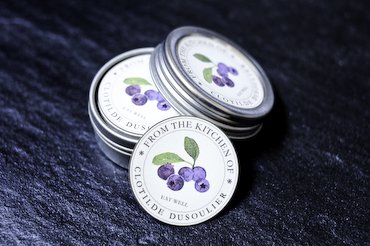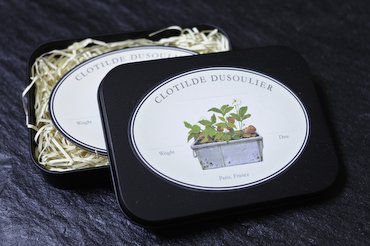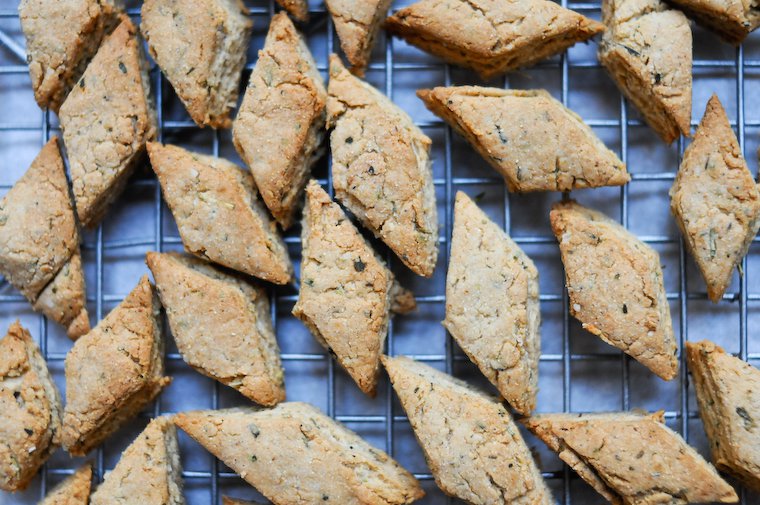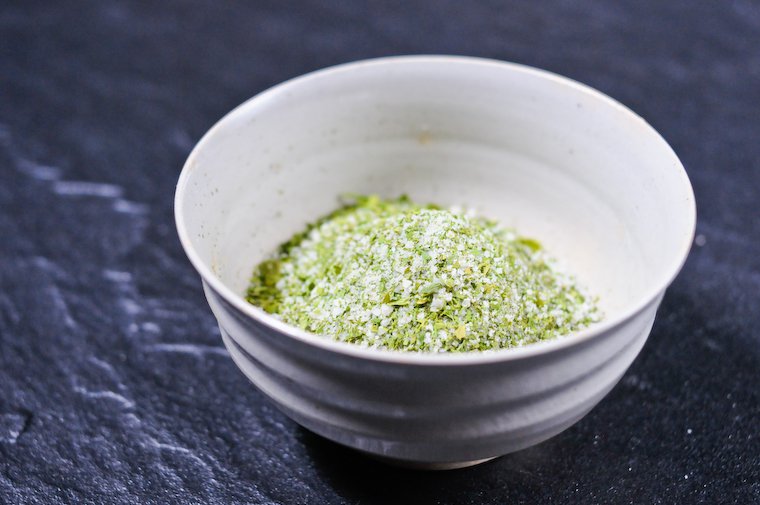Cooking inspiration is not the least of the pleasures I draw from a vacation, especially when I’m able to bring back a few local ingredients. It’s not always a sensible maneuver, though: I’m sure we all have old packages of dusty exotic spices we haven’t once cooked with, but can’t quite bring ourselves to toss.
I’ve done this often enough over the years that I am now a lot more prudent about my vacation ingredient purchases. My strategy is twofold: one, I try hard to assess whether this string of chilli peppers or that guava jam really will look as appealing once my tan (though barely visible to the naked eye) has receded; and two, whatever it is I opt to bring back, I vow to put to use within a few weeks of my return.
I had a mind to make bite-size savory canistrelli to emulate the ones we’d bought from a shop in Sagone on our last day on the island.
These savory chestnut canistrelli are living proof that I’ve been successful this time, as they’ve allowed me to put the first dent into a bag of roasted chestnut flour from Corsica, and a sachet of herbes du maquis, a dried herb mix made up of thyme, rosemary, myrtle, and bay leaf from the local scrubland.
What are canistrelli, you ask? They’re the typical Corsican cookie (singular form: canistrellu), a rustic, crisp little cookie that is much more than it looks, and which I first discovered at U Spuntinu, a Corsican épicerie on rue des Mathurins, not far from the Paris Opera.
I adore the original, not-too-sweet version, and in fact included a recipe for them in my Paris book, but this time I had a mind to make bite-size savory canistrelli to emulate the ones we’d bought from a shop in Sagone on our last day on the island. We were expecting friends for the apéritif, and I thought they would go well with the white wine chilling in the fridge.
I took out my sweet canistrelli recipe to build on that, and all went smoothly; it is a very easy dough to work with. The crunchy little diamonds (which happen to be vegan) turned out to be so flavorful I prepared a second batch on the spot, thinking any extras would get nibbled on during the week. A wise move, as it turns out; very little was left that night.
If you’ve never had anything made with chesnut flour, it’s worth seeking it out. It’s a gluten-free flour with an assertive flavor that doesn’t taste like actual chestnuts, but is earthy and sweet in its own way. The one I got is a Corsican flour dried over a wood fire, which makes it subtly smoky. Chestnut flour is not cheap (mine was 10€/kg, or $6/lb), but a little goes a long way as it is generally used in combination with other, milder flours.
I now intend to use more of that flour to make chesnut flour crêpes and also sweet chestnut canistrelli such as the ones I bought in the village of Evisa, and which proved quite the extraordinary snack, eaten in alternating bites with a square of dark chocolate.
Any other ideas on how to use chestnut flour?
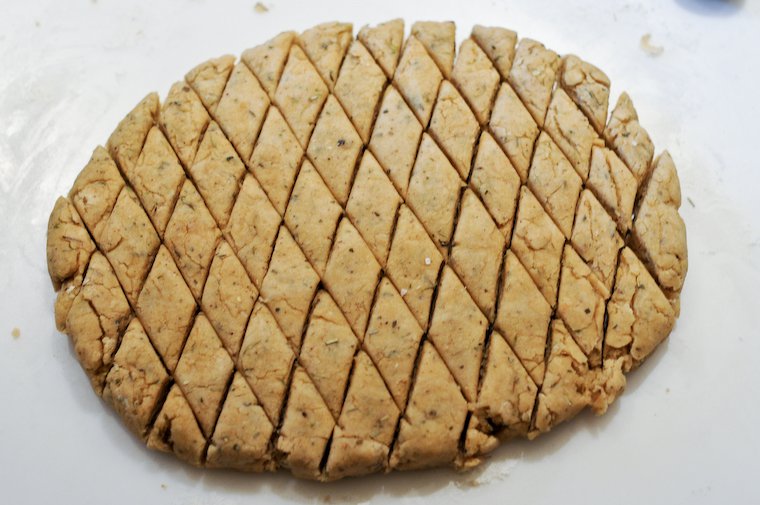
The dough is cut into squares or diamonds with a dough cutter or sharp knife.
Continue reading »



